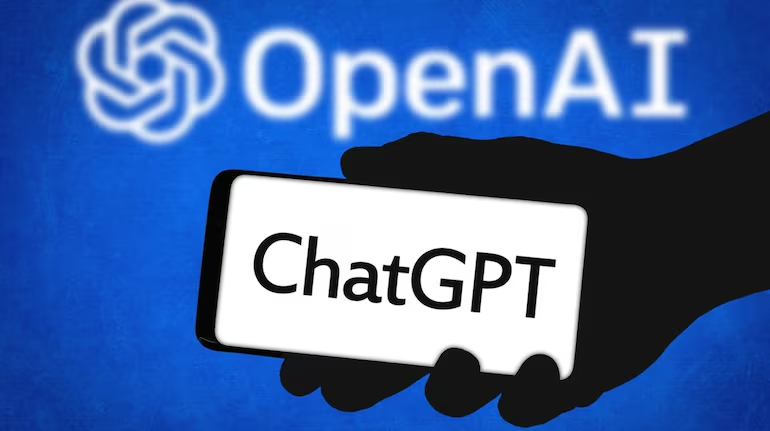The environmental impact of ChatGPT is something most users never think about. With just a few taps, AI tools like ChatGPT give you instant answers. But behind the scenes, that convenience comes at a growing cost to the planet—and experts are sounding the alarm.
From energy-hungry data centers to water-intensive cooling systems, the true footprint of your daily prompts is bigger than you might expect.
Let’s break down the 5 key environmental facts you should know in 2025 about ChatGPT and similar AI tools—and what you can do to make smarter, greener choices.
1. AI Answers Burn More Energy Than You Think
Each time you ask ChatGPT something, your request is processed in a massive data center filled with high-powered GPUs and servers. According to a Washington Post investigation (DoFollow), every single ChatGPT response emits a few grams of CO₂.
According to a report by MIT Technology Review, the carbon footprint of AI models like ChatGPT can be surprisingly large, especially during training and peak usage periods.
That might sound small, but with billions of AI queries happening every day, the global emissions add up rapidly. Some data centers now consume more electricity than entire cities—all to keep AI running 24/7.
Want to use AI smartly? Check our Top 10 AI Tools for 2025
2. Each 100 Words = A Bottle of Water
Yes, you read that right. Cooling the servers that power ChatGPT requires vast amounts of water. Every 100 words the AI generates consumes about one small bottle’s worth of fresh water, mostly to keep the system from overheating.
In areas already facing water shortages, this invisible usage raises serious concerns about sustainability and resource allocation.
3. AI Demand Is Fueling Fossil Fuel Expansion
The environmental impact of ChatGPT doesn’t end with electricity use. To meet AI’s growing energy demand, utility companies are:
-
Extending the lives of coal power plants
-
Building new natural gas plants
-
Relying less on renewables in high-demand zones
Ironically, while AI is often marketed as “futuristic,” it’s currently pushing us back toward fossil fuels in some regions.
4. Should You Stop Using ChatGPT?
Not at all—but you should use it wisely.
Experts like Gudrun Socher, a computer science professor in Munich, recommend using AI only when necessary. For example:
-
✅ Use AI for complex tasks: rewriting, summarizing, coding
-
❌ Skip it for quick info: store hours, phone numbers, basic definitions
Interestingly, Bill Tomlinson of the University of California, Irvine points out that in some cases, AI tools can actually save emissions—like when they replace hours of laptop use or travel to a library.
5. Be a Responsible AI User: Simple Tips
Here are some tips to reduce the environmental impact of ChatGPT while still getting the most out of AI:
-
🔍 Use Google for simple queries
-
🧵 Bundle your prompts to avoid back-and-forth
-
🌐 Switch to local/offline tools when possible
-
🧘 Think before you ask: “Do I really need AI for this?”
-
📢 Share the awareness with friends and colleagues
🌱 Final Thoughts: Invisible Doesn’t Mean Impact-Free
The environmental impact of ChatGPT and other AI tools is very real—even if you can’t see it.
Every time you get a fast, smart answer from AI, it costs energy, water, and sometimes fossil fuels. The good news? With a bit of mindfulness, you can make better choices that help protect our planet.
Next time you open a prompt window, ask yourself:
“Is this worth the carbon footprint—or is there a cleaner way to find out?”
